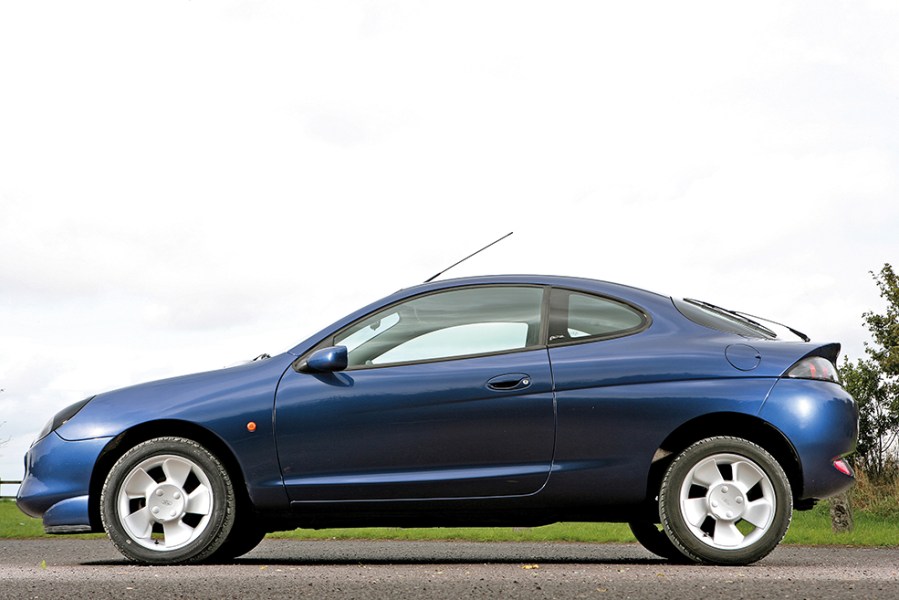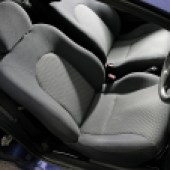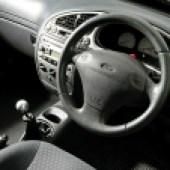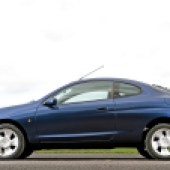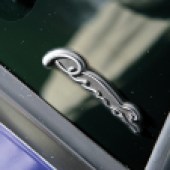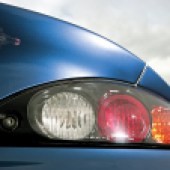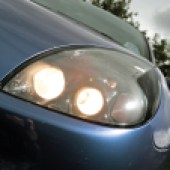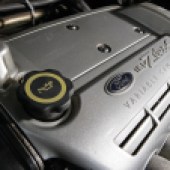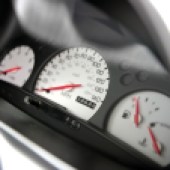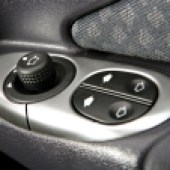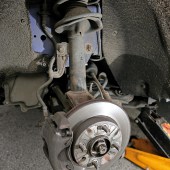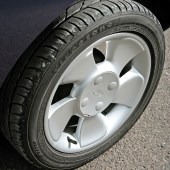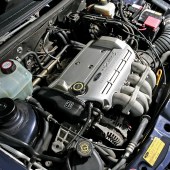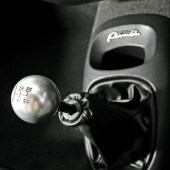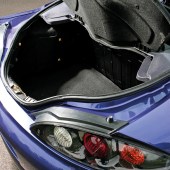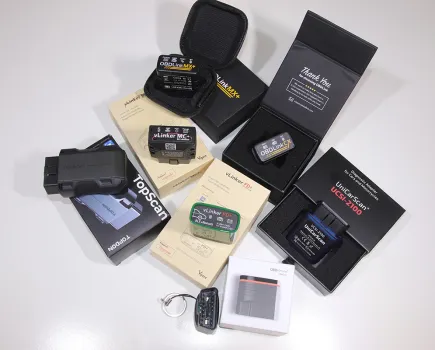Nevermind the overblown new Puma SUV – the real Ford Puma is a purebred fast Ford with sublime handling, svelte styling and a bargain-basement prices. Now’s your chance to invest.
Guide from Fast Ford magazine. Words: Dan Williamson.
Ford Puma history and timeline
- June 1997 – Puma production begins in Cologne, Germany, based on fourth-generation Fiesta platform but with stiffer springs and a thicker rear anti-roll bar. One model available: 1.7 with VCT, ABS, traction control and 15in five-spoke ‘propeller’ alloys.
- February 1998 – Puma 1.4 (non-VCT) introduced with 15in nine-spoke alloys and optional ABS.
- October 1999 – 1.7 Millennium edition launched, featuring Zinc Yellow paintwork, Alchemy leather Recaro front seats, air conditioning, passenger airbag and CD player; 1000 produced.
- May 2000 – Minor facelift featuring brake light in rear spoiler, nine-spoke 15in alloy wheels, grey interior plastics, revised heater controls, Midnight Black upholstery, bigger discs and drums.
- October 2000 – Puma 1.4 replaced by Sigma-engined Puma 1.6 (non-VCT); ABS standard. Millennium edition discontinued. 1.7 Black edition introduced, featuring Panther Black paintwork, 14-spoke 15in F1 alloy wheels, Midnight Black leather seats, passenger airbag and air conditioning; 1600 produced.
- November 2001 – 1.7 Thunder edition introduced with Moondust Silver or Magnum Grey paintwork, multi-spoke 15in alloys, Midnight Black leather seats, air conditioning, scuff plates, electric/heated door mirrors, heated windscreen and CD changer; 1000 grey/1000 silver produced; a few were 1.6-engined. Puma production ends.
- July 2002 – Black edition officially discontinued.
- December 2002 – Puma officially discontinued.
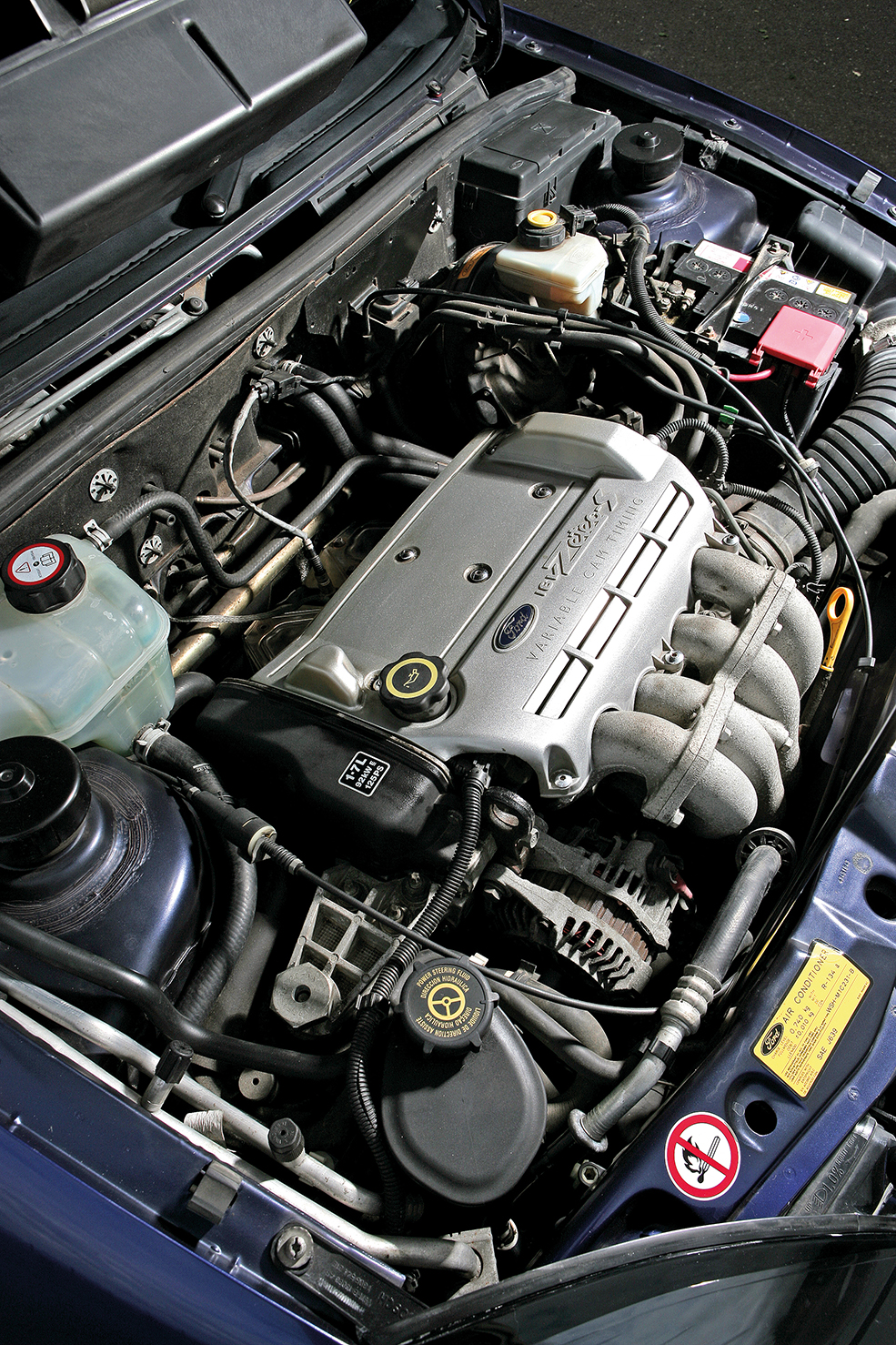
Engine and transmission
Unless you want a Ford Puma purely to polish, avoid the 1.4 and go for a 1.7 – a Yamaha-developed 1679cc version of the Fiesta’s Zetec SE powerplant, it has forged rods and crank, and variable inlet cam timing (VCT). It’s a cracking little motor, and tunable too. The (non-VCT) 1.6 isn’t bad (it’s a Fiesta Zetec S engine), but why would you bother?
Neglect is a killer. Cambelt swaps (with new water pump and tensioners) are needed every five years or 80,000 miles, and oil changes every 5000 miles. The 1.7’s Nikasil liners require 5W30 semi-synthetic. If the oil level is allowed to run low, it can wipe out the entire engine. An unused car needs its engine turning over regularly to avoid seizing.
Cylinder bore wear shows up as blue smoke from the exhaust and/or difficulty starting. Check for nasty noises (light tapping at start-up is normal), and make sure the engine revs to the red line.
Look for leaks under the engine cover: oil dripping from the rocker cover gasket, or coolant coming from corroded core plugs. Leaks drip onto spark plugs and cause misfires.
Rough running and lack of power often result from a knackered lambda sensor, airflow (MAF) meter or coil pack. Spluttering at low revs is probably due to idle control valve or throttle position sensor failure.
Tough old IB5 transmission can cope with Puma power but suffers from wear and abuse. The gearchange should be slick and precise; a sloppy shift points to a tired linkage (cheap to fix) but notchiness or crunching (especially grinding between second and third gears) suggest synchromesh failure – and a rebuilt gearbox is required.
Rumbling that increases in volume under acceleration warns of collapsed mainshaft bearings – and time to buy a new gearbox. Rattling at idle that disappears when you press the clutch pedal will be the release bearings; usually nothing to worry about. Clicking from the steering on full lock will be a driveshaft fault.
Clutch slip is cause for concern because it’s pricey to put right. Check for an abnormally high biting point, and try to set off in third gear – if the engine doesn’t stall, you’ve got problems.
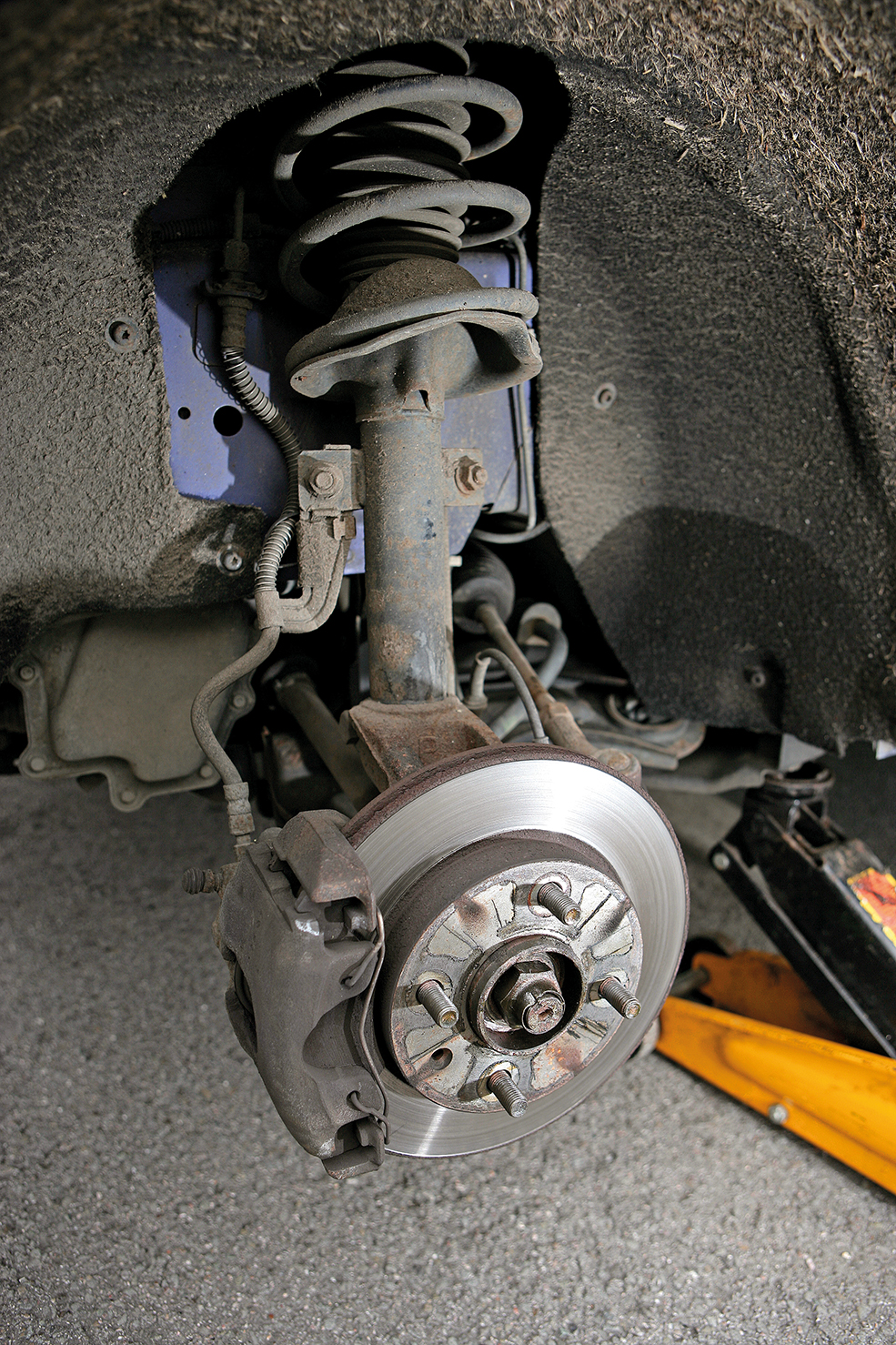
Chassis
Sharp and tight suspension is essential – any Puma that’s soggy or dull to drive has something amiss underneath.
Vague handling points to worn dampers or tired bushes, with the top mounts, front lower arms, anti-roll bar links or rear beam usually the source of problems. It’s all standard Fiesta stuff, so cheap to replace, but polyurethane bushes are recommended; the ride will be firmer but not uncomfortable. Knocking noises may also be caused by knackered bushes or a broken coil spring. Pumas look better for a little lowering but road cars don’t respond well to coilovers or scraping the tarmac.
Puma brakes are from the Fiesta, so simple to fix – juddering from the front will probably be contaminated pads or discs, while the rear drums may leak or seize on the handbrake. From May 2000, the earlier 240mm front discs and 180mm rear drums were swapped for 258mm discs/200mm drums.
Pumas built between March and September 1998 were recalled for replacement of the brake master cylinder, and some required rerouted rear brake hoses to stop chafing against the rear beam; yours should have been repaired by now.
Brake pipes rot badly at the rear, but are cheap to fix; invest in braided hoses to replace soggy rubber hoses. ABS sensors may also be faulty, causing the dashboard warning light to illuminate; cleaning can be the cure, or maybe a new sensor (not expensive).
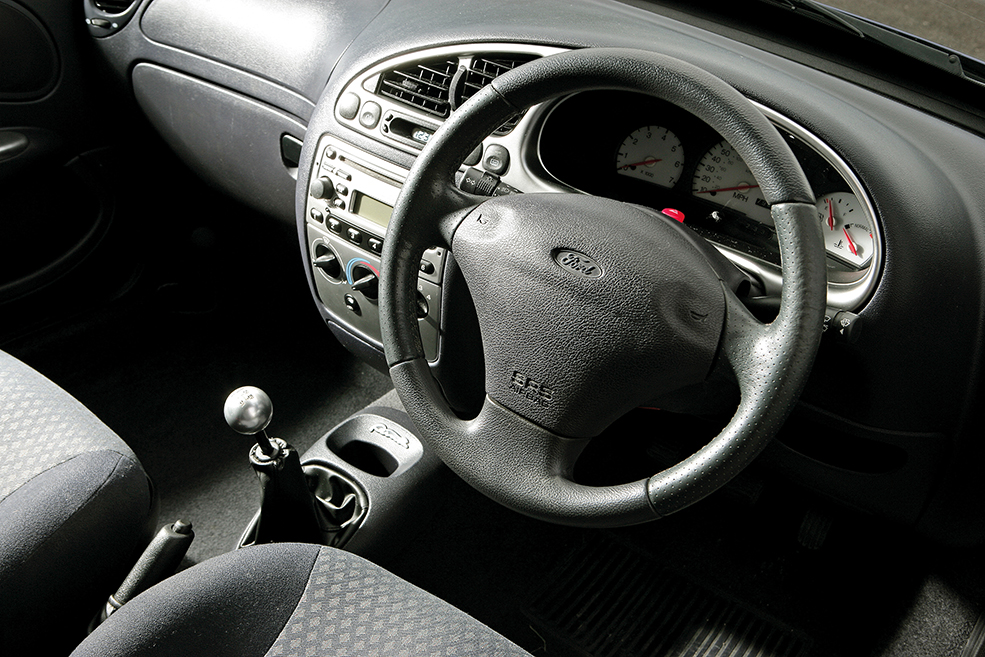
Interior
Neglected Pumas have tatty interiors, with scuffed plastics, rattling dashboards and trim, and even missing pieces around the seats and sills.
Age and mileage also causes wear: expect the driver’s seat bolster to be frayed and/or collapsed, and assume the steering wheel’s leather rim will be bubbling up and soggy.
If you’re tall, you may prefer a later-model (1999-onwards) Puma, in which the seats sit lower; they’re identified by a recessed handle for tipping rather than a lift-up knob. The driver’s seat on pre-1999 Pumas is electrically adjustable for height, but mechanisms are prone to failure.
Early Pumas also have half-moon instruments and analogue mileage display, later replaced by circular dials and digital. The first 1500 had a numbered gearknob, but by now many have been nicked.
From May 2000 the upholstery and interior plastics swapped from Alchemy Blue to dark grey.
Check the front footwells for damp carpets, which lead to the floor corroding. Most leaks are caused by missing grommets from behind the fuse box or servo, or a blocked air con drainage pipe, which can be cured with silicone.
Try all the gadgets to ensure they work – especially electric window and central locking motors. If the heater blower works only on the highest setting (position four), the resistor packs have burnt out; if it’s sticking on hot or cold, the heater control valves have failed; both problems are cheap to fix. Don’t be surprised if the air conditioning (where fitted) doesn’t blow cold air.
If the tailgate wiper or demister doesn’t work, assume the electrical contacts to the tailgate are chafed or dirty.
Most likely, the rear parcel shelf will have collapsed; wrap the pins with insulating tape.
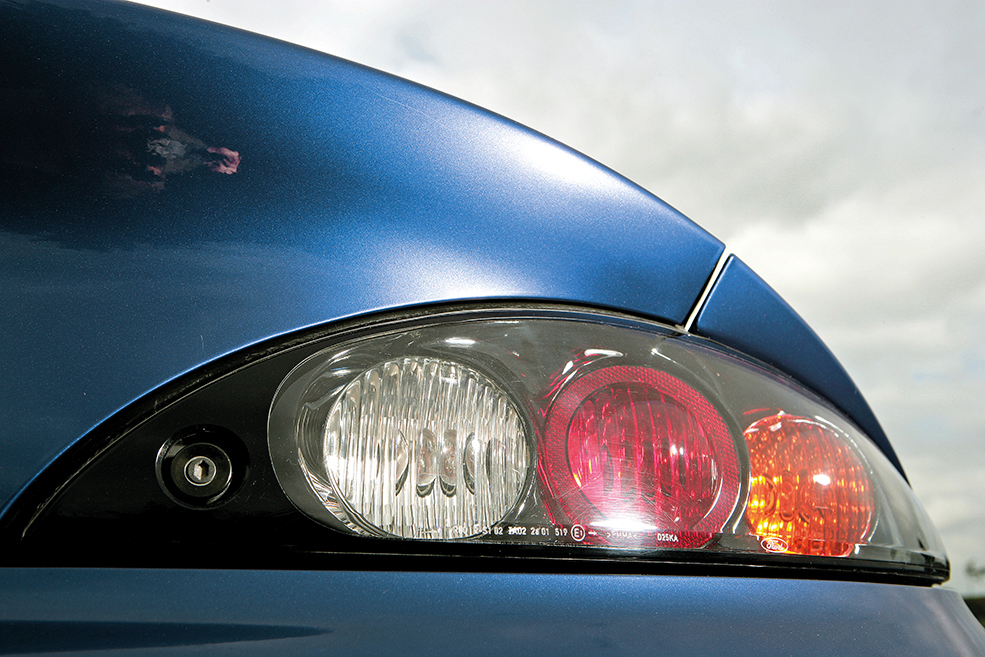
Body
Above all else, buy on bodywork condition. Mechanical bits can be replaced but a rotten Ford Puma is scrap.
Most obvious will be the rear wheelarches, which can be replaced by welding in Peugeot 206 front arches (not cheap, bearing in mind plenty of paintwork will be required); beware of repairs bodged with filler. Examine the door bottoms, around the window weather strips, the base of the mirrors, door pillars and hinges. Check the sills, then get underneath and inspect the whole floorpan – especially within the front inner wheelarches. Lift the carpets inside the car and look in the boot too. Walk away from serious corrosion; you’ll soon find a better Puma.
Don’t be surprised to find cracked bumpers and broken grilles; plenty are around second-hand, so they’re not dear.
Headlamps may look dull, but polishing the lenses will replenish their sparkle.
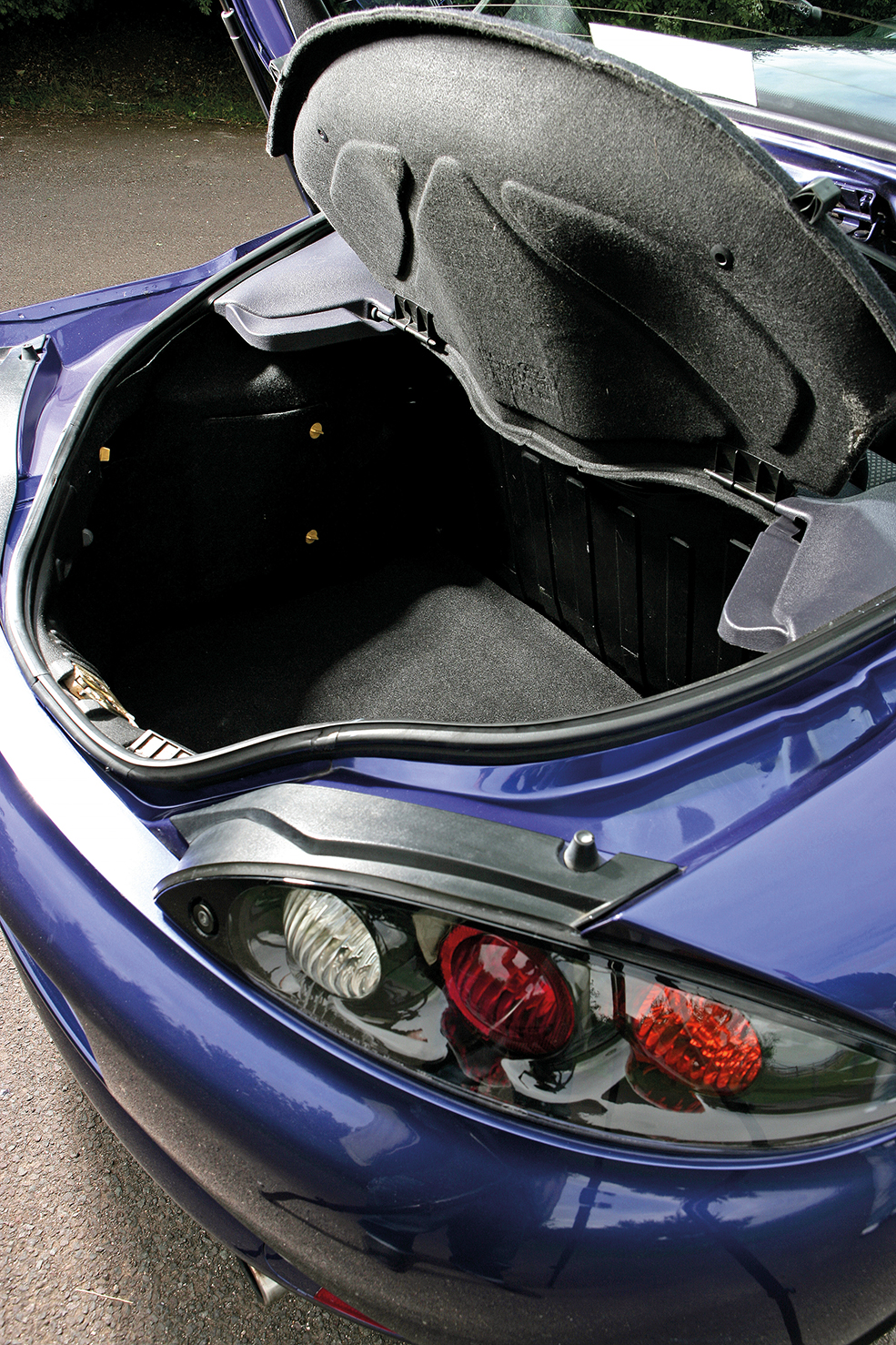
Ford Puma verdict
Jamie King, Fast Ford editor:
“The Puma was always somehow that little more exotic than the Fiesta upon which it’s so closely modelled. In my opinion the Racing Puma will be the next big thing in collectors’ circles (it ticks all the right boxes: motorsport pedigree, limited edition, built at Tickford, and so on) and this will undoubtedly inflate prices of regular Pumas. Right now they’re about as cheap as they’ll ever be, so find the best (rust-free!) example you can and you’re sure to be onto a winner; a car that can be both enjoyed and will still appreciate in value.”
Dan Williamson, contributor and Ford Puma owner:
“I must admit, I was never a fan of the Puma until I drove one – and that’s when I realised it’s so much more than the sum of its parts. It feels alive and agile in a way that only the best front-wheel-drive hot hatches can muster. It’s also bound to be a fast Ford classic, which is why I added one to my own collection – a July ‘97 launch model in Melina Blue with all the options. Of course I’d rather have a Racing Puma, but when they’re fetching Cossie money, a blue 1.7 will be the next best thing.”
Ford Puma key contacts
Project Puma
www.projectpuma.com
Puma People
www.pumapeople.com
Racing Puma Owners’ Club
www.fordracingpuma.com
Ford Puma Tech Spec:
Engine:
1388cc/1596cc/1679cc in-line four-cylinder, 16-valve, DOHC Sigma (1.6) or Zetec SE (1.4/1.7) with alloy block and head, sequential electronic fuel injection, Ford EEC-V engine management, electronic distributorless ignition, 1.7 with variable inlet camshaft timing (VCT)
Transmission:
Front-wheel drive with IB5 five-speed manual gearbox and 3.82:1 final drive ratio (1.7)
Suspension:
Front: MacPherson struts, gas-filled dampers, coil springs, L-arms on separate subframe, anti-roll bar; rear: torsion beam, gas-filled dampers, coil springs, anti-roll bar; PAS steering rack with 2.9 turns lock-to-lock
Brakes:
Front: 240mm ventilated front discs (258mm from 2000 onwards); rear: 180mm rear drums (200mm from 2000 onwards); ABS (optional on 1.4)
Wheels & tyres:
6x15in alloys and 195/50VR15 tyres
Exterior:
Three-door coupé body based on Fiesta floorpan with body-colour bumpers, tinted glass, electric front windows, optional metallic paint, electric/heated door mirrors and heated windscreen. Millennium added electric door mirrors. Thunder added electric door mirrors and heated windscreen
Interior:
Sports front seats in Alchemy Blue with Silverstone cloth trim (Midnight Black with Chrome/Twill from 2000), leather-rimmed steering wheel, aluminium gearknob, sports instruments with white dials, optional air conditioning and passenger airbag. Millennium edition added air conditioning, leather Recaro front seats, passenger airbag, CD player and dashboard plaque. Black edition added black leather seats, passenger airbag and air conditioning. Thunder edition added black leather seats, air conditioning, scuff plates and CD changer

